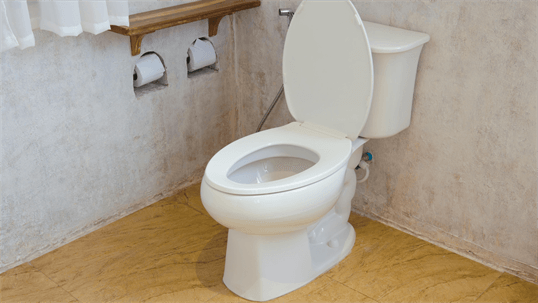When it comes to saving water and reducing water bills, upgrading to a water-efficient toilet is one of the easiest and most effective changes you can make in your home. In fact, toilets account for nearly 30% of indoor water use in American homes, which means upgrading to a low-flow or dual-flush toilet can save you up to 13,000 gallons of water annually.
Not only do water-efficient toilets help conserve water, but they also reduce strain on septic systems and decrease the likelihood of overflowing. In this blog post, we’ll discuss the benefits of upgrading, installation tips, and how to choose the right water-efficient toilet for your home.
Benefits of Upgrading
Upgrading to a water-efficient toilet is a smart choice for several reasons. First and foremost, it helps conserve water and reduce water bills, which is a significant benefit for both your wallet and the environment. Additionally, water-efficient toilets often have a dual-flush option, which allows you to choose between a partial flush and a full flush. This feature is particularly useful when flushing liquids, as a partial flush uses less water.
Another benefit of upgrading to a water-efficient toilet is that it reduces the strain on septic systems, which can become overwhelmed in older homes or larger households. This not only saves money on costly repairs but also allows for the efficient treatment of wastewater, which is crucial for environmental health.
Installation Tips
Before beginning installation, it’s important to turn off the water supply to the current toilet and remove any remaining water from the tank. Then, follow these installation tips to ensure your new water-efficient toilet is properly installed:
- Carefully read the manufacturer’s instructions before beginning installation.
- Remove any screws or bolts attaching the current toilet to the floor and lift it off.
- Install the new wax ring and center the flange bolts on the wax ring insert.
- Gently lower the new toilet onto the wax ring, lining up the toilet bolt holes with the flange bolts.
- Secure the toilet in place using nuts and washers, being careful not to overtighten as this can crack the toilet.
Choosing the Right Water-Efficient Toilet
When it comes to choosing the right water-efficient toilet for your home, there are a few factors to consider. First, determine whether you need a low-flow or dual-flush toilet. Next, consider the size and shape of your bathroom and choose a toilet that fits the space comfortably. Lastly, compare water usage, cost, and warranty options to find the toilet that best meets your needs and budget.
Conclusion
In conclusion, upgrading to a water-efficient toilet is a simple and effective way to save water, reduce bills, and improve environmental health. Whether you’re tackling the installation yourself or hiring a professional plumber, following these installation tips and considering the right toilet for your home will ensure a smooth and successful upgrade. So what are you waiting for? Start reaping the benefits of a water-efficient toilet today!

